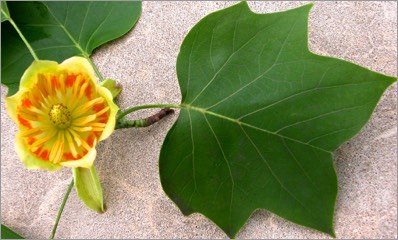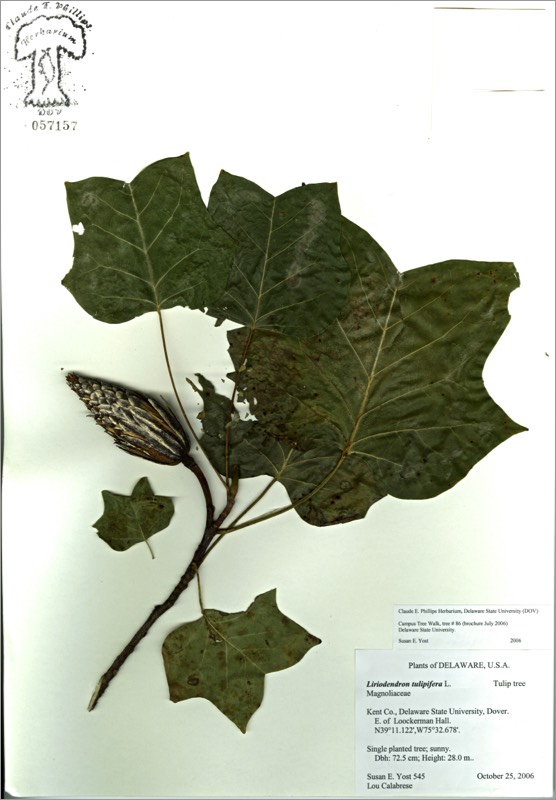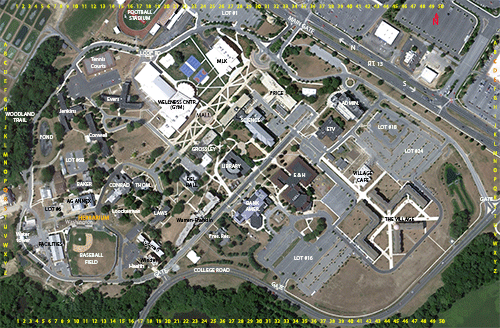Tulip-tree (Tulip-poplar, Yellow-poplar)


Liriodendron tulipifera
TULIP-TREE
Magnoliaceae
E. North America
Location: map coordinates
H-26 (northwest side of old Science Building, next to main entrance), N 39°11'12'' W 75°32'30'';
Q-10 (south side of Baker Building), N 39°11'9'' W 75°32'45''; and
S-16 (south of Conrad Hall), N 39°11'6'' W 75°32'39''
Planting history: H-26: planting history presently unknown.
Q-10: planted by Dr. N. Dill, 1960’s-1970’s.
S-16: planting history presently unknown.
Description:
Native species, State Rank S5 (very common in Delaware)
TULIP-TREE
Magnoliaceae
E. North America
Location: map coordinates
H-26 (northwest side of old Science Building, next to main entrance), N 39°11'12'' W 75°32'30'';
Q-10 (south side of Baker Building), N 39°11'9'' W 75°32'45''; and
S-16 (south of Conrad Hall), N 39°11'6'' W 75°32'39''
Planting history: H-26: planting history presently unknown.
Q-10: planted by Dr. N. Dill, 1960’s-1970’s.
S-16: planting history presently unknown.
Description:
- tall, straight, deciduous tree
- etymology: Liriodendron from Greek leiron = lily, and dendron = tree; tulipifera = tulip-bearing
- also called tulip-poplar, yellow-poplar (but not related to true poplar trees [Populus])
- leaf shape unique (resembles cat face); aromatic when crushed; autumn foliage yellow. Leaves are eaten by caterpillars of the beautiful tiger swallowtail butterfly
- flowers large, tulip-like; green with orange blotches; important honeybee flower in Delaware (in May)
- fruit a cone-like aggregate cluster of dry winged fruits (samaras)
- pith diaphragmed
- tallest hardwood tree in eastern U.S. (maximum height ca 198 feet)
- wood used for furniture; Native American Indians made canoes from hollowed-out tree-trunks; bark formerly used medicinally
- there is only 1 other species of Liriodendron (in China)
Native species, State Rank S5 (very common in Delaware)


There are 3 labeled tulip trees.
HIT REFRESH TO START LOCATION GRAPHIC